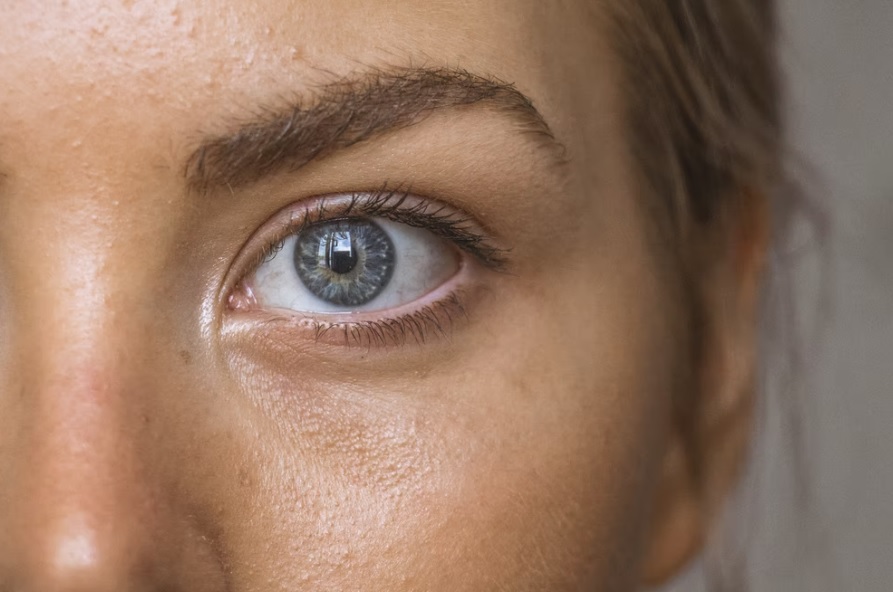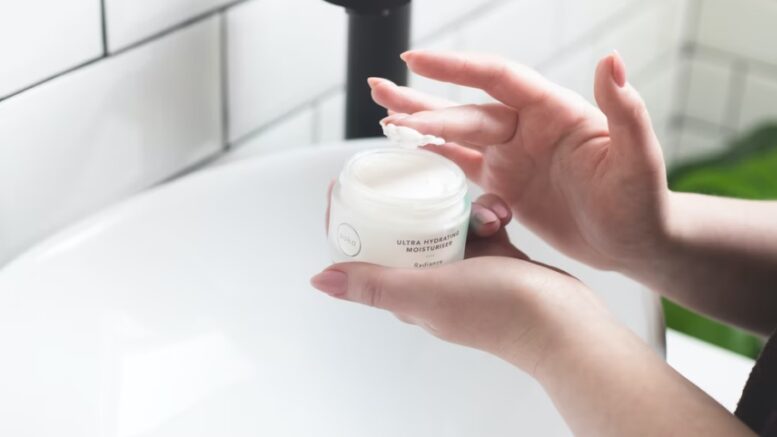Many of us have had acne in the past, and some of us still do. Acne cases cause the appearance of different forms of pimples on the forehead, face, shoulders, chest, and upper back. This condition is a result of a variety of factors, including genetics, stress, hormone levels, and the use of greasy skincare products.
Acne commonly affects teenagers, but it can also affect anyone at any age. It, unfortunately, can leave marks on our faces, lower our self-esteem, and ruin good photos. Nobody likes pimples because they are usually painful and unpleasant; they can leave both emotional and physical scars. There are multiple types of acne, and it can be difficult to tell them apart. However, each type of acne has different treatment options. Learn about the most common four types of acne, how they form, and how to avoid them.
1. Whiteheads
Acne is commonly caused by clogged skin pores. Clogged pores can occur as a result of the overproduction of oils, bacteria, or skin cells, or as a result of hormonal imbalances. Whiteheads, which you may have noticed on your face from time to time, appear when the pores are completely clogged. The inside of the head of the pore completely closes up, resulting in small white bumps on your skin.
It is crucial to understand that pimples shouldn’t be pinched or pressed as a quick solution. It may be tempting, but squeezing or pressing those small white bumps will not solve the problem at all. In fact, it will do more harm than good. Squeezing can push bacteria and pus deeper into the skin, causing swelling and redness. It can also cause scabs and leave you with scars or pits that can be permanent.
Over-the-counter whitehead medications and topical treatments can be applied directly and act either independently or as a part of a complete facial treatment. These medications work by removing excess oil and dead skin cells.
2. Blackheads
As the name implies, blackheads appear as black spots on the surface of the skin. The pore’s head remains open while the rest of the pore is blocked. While squeezing blackheads can remove them, it is not advised because it can cause skin damage if not done by a professional dermatologist. This type of acne can be treated the same way whiteheads are. Many women who suffer from acne during pregnancy prefer quick fixes to make them look and feel better, but these remedies can cause skin damage in the long run. It is better to consult a dermatologist for proper management and for safe prescriptions.
To remove or help heal blackheads, avoid using pore strips, such as charcoal masks, to pull out blackheads. They are abrasive solutions that are just temporary and can injure the top layers of your skin while exacerbating your case of acne.
3. Papules
Have you ever noticed the formation of tiny red well-defined bumps on your face, especially when you’re awaiting a big event? These bumps are referred to as papules; acne papules form when the hair follicle, also known as the pore, becomes blocked with skin cells and excess oil. This lump or barrier is referred to as a comedo. A comedo is the starting point for all acne papules.
The extra oil in the comedo plug oil serves as “food” for a particular skin inhabitant, the Propionibacterium. These bacteria can quickly multiply.
The contents of clogged pores might seep out, allowing bacteria to infiltrate the skin tissue around them, and eventually develop an inflammatory wound. However, papules do not contain pus.
Because of their antibacterial properties, over-the-counter treatments can be effective in treating papules. Additionally, visiting a dermatologist who can prescribe topical anti-inflammatory drugs is suggested. By reducing androgen levels, antibiotics may also aid in the removal of germs and the reduction of excess oil production (male sex hormones that increase the oil production in your skin).

4. Pustules
Pustules are plump, smallish pimples that have a white center surrounded by inflamed red skin. They’re frequently found in clumps on the face, chest, or back. Pustules are formed when clogged pores become infected; they may also be caused by hormonal changes in your body. Pustules are similar to papules, except the former contains a yellowish liquid called pus. Pustules should not be ruptured or squeezed because they can spread bacteria when they burst. A verified dermatologist is the only person who can perform a safe acne extraction, so don’t try to do it yourself. However, pustules respond to the same over-the-counter papule treatments and prescriptions, such as antibiotics, which are frequently prescribed to treat pus as well.
Other Types
Other types of acne seem to be more difficult to treat and tend to be more severe. Fungal acne forms when hair follicles overproduce yeast, producing irritation and discomfort. Nodular acne appears as solid pimples deep within the skin. They are typically large and unappealing. Cysts, which are coated in pus and can leave scars, are among the most severe types of acne.
Although acne is typically associated with adolescent hormonal changes, it commonly affects adults as well. The key to successful treatment is determining what type of acne you have and whether it is inflammatory or not. Acne of any kind can have a negative impact on your self-esteem. That is why it is prudent to contact your dermatologist as soon as possible so that they can diagnose the type of acne you have and find the best treatment option for you.
